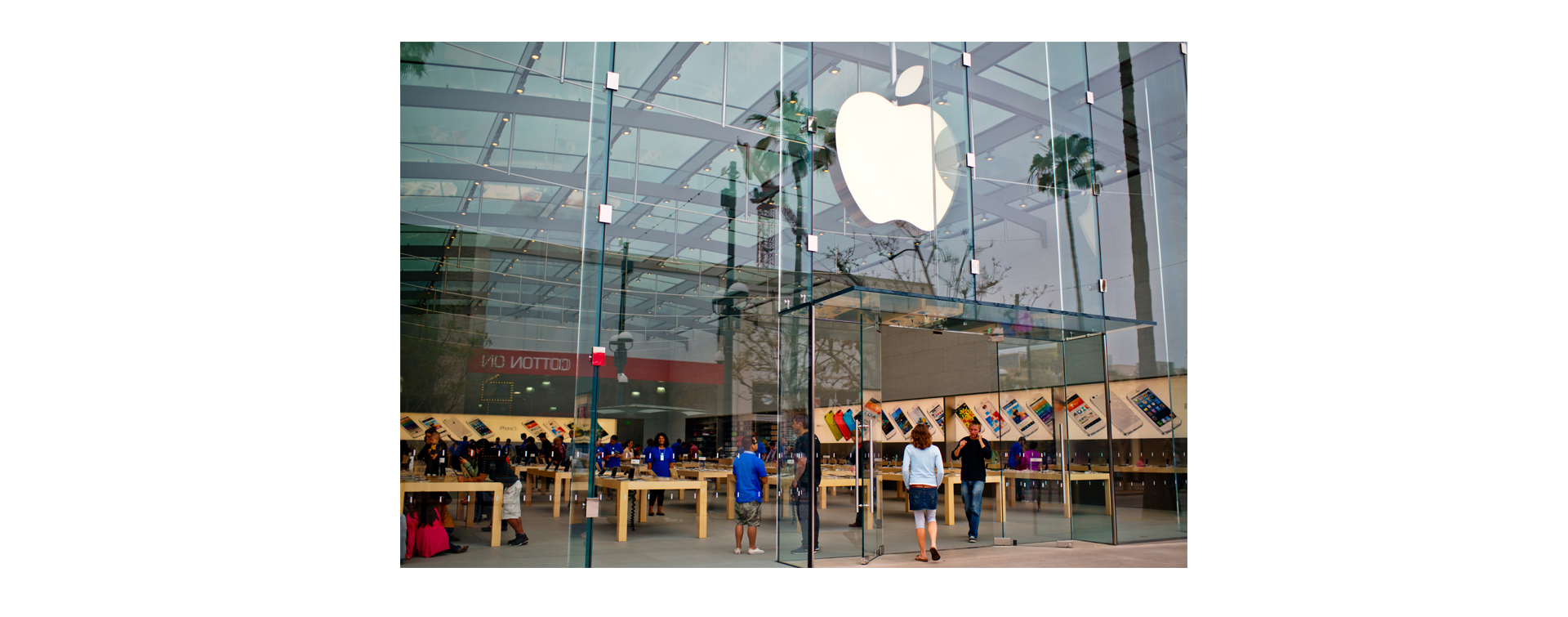Design agencies like Rubiqa talk enthusiastically about the importance of branding: the essence of what your customer thinks about when they hear your company name.
As well as getting the obvious things right, like making sure your brand assets are up-to-date and consistent, it's also important to consider the small details that people judge subconsciously.
Without knowing it, your target audience has an expectation of how your organisation should be presented, based on the type of business and price point as well as their experiences of other businesses in the same market. A lot of this is driven by "visual clues".
Fast food goes artisan
Let's take an example: an artisan café. The first things you think of are fresh food, free range ingredients and something expensive or upmarket.
But take the thinking a little further: how should an artisan café be decorated? It’s likely to be quite individual with handmade and reclaimed objects used in the interior design, signage written in an organic-looking font and menus printed on heavyweight, textured paper.
Now let's decorate our artisan café differently. Suppose we trade in our handmade furniture for moulded plastic seats, swap our distressed light fittings to make way for a suspended ceiling and put our menu into illuminated panels above the till. Are we still thinking "artisan" or do the formica tables now suggest "fast food" or even "greasy spoon"? The café's design now suggests that it sells food that's cheap, quick and easy... which is at odds with reality.
The example illustrates the point that customers make a judgement about where a business fits based on the visual clues presented to them.
What your business offers and the visual clues you present have to be in sync if you want to target your customers successfully.
If our artisan café looks like a fast food joint, the genuine market for fast food will be disappointed when they can't get egg and chips and the café's actual target market won’t visit because the café doesn't appear to be for them.
The result? The café misses both markets because the visual clues don't correspond to each customer's expectations of that niche... even if all the other brand assets are consistent.
This shows the importance of design in every area of your business.
When something is designed correctly, the attention to detail confirms the customer's expectations and positions the business correctly.
Tales of the unexpected
Of course, sometimes businesses can present themselves successfully but in a way that clashes with customers' expectations. This is where things get interesting! If done well, it can transform a business and influence the wider market.
When technology becomes art
Thirty years ago, technology retailers presented their products very differently compared with today.
Gone are the days of cluttered metal shelves full of gadgets boxed in underwhelming packaging.
Apple moved the industry forward by using a radical approach to retailing and taking the visual clues from an art gallery to make its products seem special.
By making each product sit on its own in a larger, uncluttered space, the product became more desirable.
This is at odds with the more conventional approach to retail display where shelf space is premium real estate and every inch gets put to use.
Apple challenged this. They said: "our product is so good, it deserves to take up the space of two other products."
If a pound shop followed a similar style, would it work? No, it wouldn't. Their model involves stacking high and selling cheap. We expect a poundshop to display products in that way and the shop would look under-stocked if there was spare room on the shelves.
How do you compare?
This is not just about retail - the thinking applies to any business. And even if you're not displaying products, how do your marketing materials perform?
Think about the industry you are in and the visual expectations of its customers.
How does your business compare with this expectation? Are you swimming against the tide or conforming? Do your visual clues help to position your business correctly in your customer's mind?
You need to judge your own business and take a critical view because, whether they realise it or not, everyone else is doing that to you already.
